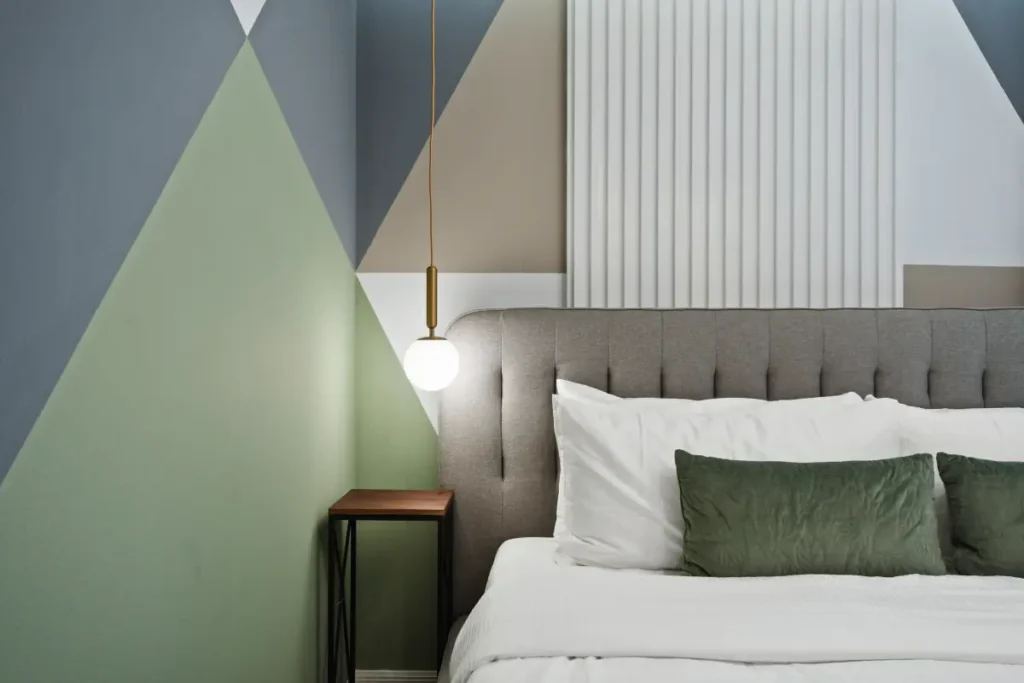Creating an unforgettable first impression through home staging is essential to capturing the attention of potential renters or buyers and making your vacation home stand out in a competitive market.
Home staging focuses on creating an experience that resonates with potential buyers or guests, rather than simply focusing on decoration.
Preparing your home for short-term guests or showcasing it to prospective buyers requires effective home staging, a powerful tool that transforms your space into a welcoming and visually captivating environment tailored to your audience’s desires.
This article delves into the art of home staging and offers practical insights to help make your vacation home irresistible to guests or buyers.
What is home staging and why does it matter?
Home staging is the process of strategically arranging furniture, décor, and other elements to highlight a property’s best features.
The goal is to make your vacation home feel warm, inviting, and functional. Staging isn’t just about aesthetics; it’s about creating a connection.
A well-staged home allows guests or buyers to envision themselves in the space, increasing the likelihood of a positive outcome, whether that’s a booking or a sale.
What are the benefits of home staging for vacation homes?
- Increased bookings or sales: Staged homes often stand out in listings, attracting more interest.
- Higher value perception: A beautifully presented home can justify premium rates or higher sale prices.
- Faster results: Staged homes tend to rent or sell faster than their non-staged counterparts.
By investing time and effort into home staging, you position your property as a must-see option. The more appealing your home looks, the easier it is to draw in potential buyers or renters.
This simple yet effective strategy can make a significant difference in your vacation home’s overall success.
Step 1: Define your target audience
Before you start rearranging furniture or picking out decorative accents, it’s crucial to have a clear understanding of your target audience.
Knowing who you’re staging for allows you to create a tailored environment that appeals to their specific needs and preferences.
The demographics of your audience will guide every decision you make throughout the staging process.
- For families: Highlight kid-friendly spaces like playrooms, outdoor areas, or safety features.
- For couples: Focus on creating cozy, romantic settings with luxurious touches.
- For groups: Showcase ample seating, large dining areas, and entertainment spaces.
Once you identify your target audience, think about what specific amenities or design elements they value most. Families may prioritize safety and functionality, while couples might seek a more intimate atmosphere. Catering to these needs ensures your property appeals to the right audience.
Additionally, consider researching the preferences of renters or buyers in your area. Local trends and seasonal factors can play a role in shaping the type of staging that resonates most effectively.
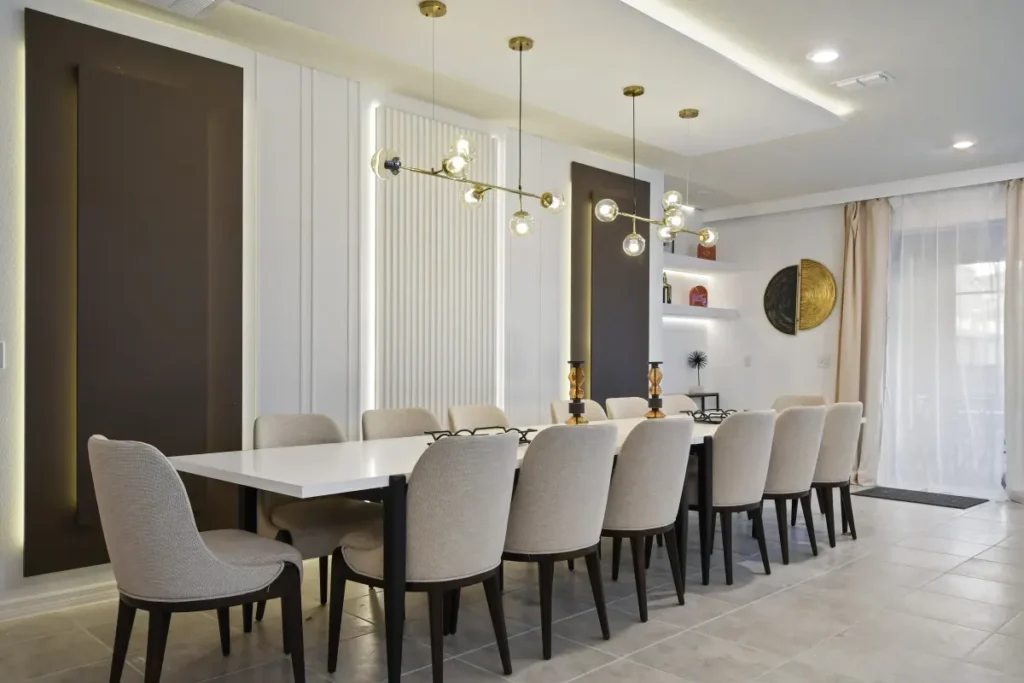
Step 2: Start with a clean slate
A clean, clutter-free home is the foundation of effective staging. Potential renters or buyers often associate cleanliness with care and maintenance, making it essential to present a spotless environment. Even the most stunning décor will lose its charm if the surrounding space feels unkempt or overcrowded.
Checklist for a clean slate
- Wash windows to maximize natural light.
- Clean carpets, rugs, and upholstery.
- Declutter countertops, shelves, and closets.
- Repair any visible damage, such as chipped paint or loose fixtures.
Beyond cleaning, consider the overall scent of your home. A fresh, pleasant aroma can make a space feel more inviting. Simple touches like scented candles, fresh flowers, or a diffuser with essential oils can enhance the ambiance further.
Deep cleaning is also an opportunity to evaluate your home for areas that might need small updates or fixes.
Repainting walls, replacing outdated hardware, or upgrading light fixtures can make a significant difference without requiring a large investment.
Step 3: Emphasize curb appeal
The exterior of your vacation home is the first thing guests or buyers see, making curb appeal critical. No matter how stunning the interiors are, a poorly maintained exterior can set a negative tone before anyone even steps inside.
Tips to boost curb appeal
- Maintain landscaping with trimmed hedges, mowed lawns, and fresh flowers.
- Power wash driveways, walkways, and exterior walls.
- Add welcoming touches like a wreath, doormat, or outdoor seating.
- Ensure exterior lighting is functional and attractive.
Your vacation home should look as appealing from the outside as it does inside. Small investments, such as potted plants or a freshly painted front door, can significantly enhance the overall impression of your property.
The entrance is particularly important—it’s your chance to make a lasting first impression. Consider staging the porch or doorway area with stylish outdoor furniture or décor to create a sense of welcome and warmth.
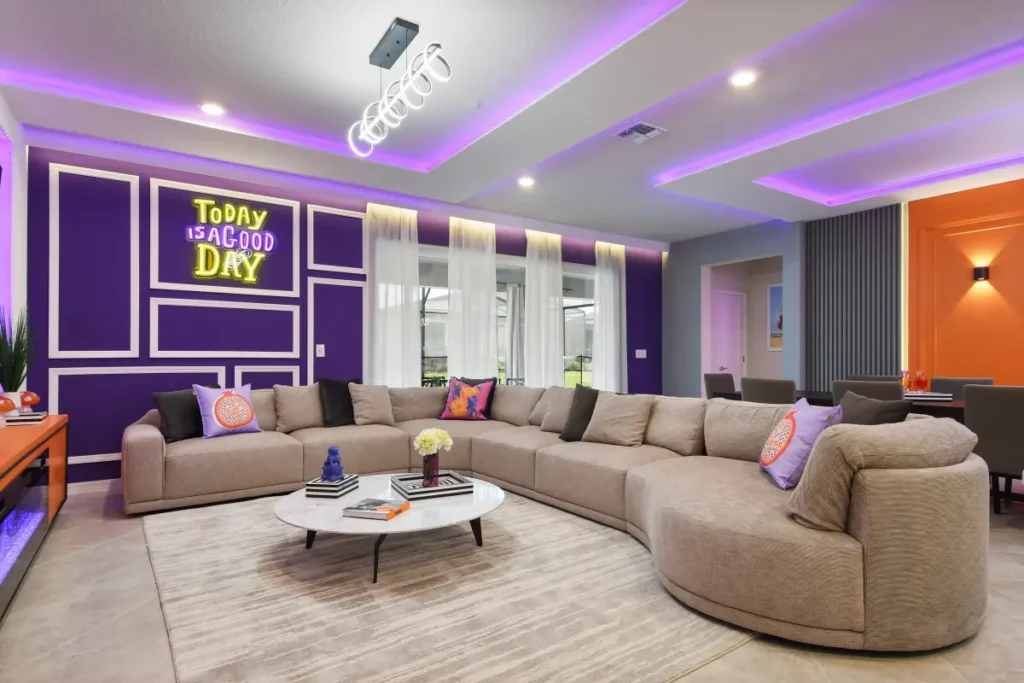
Step 4: Highlight key features of your vacation home
Every vacation home has unique features that set it apart from the competition. Identifying and showcasing these elements through staging can make a significant impact on how your property is perceived. Think about what makes your home special and find ways to bring these characteristics to life.
Examples of key features to highlight
- Scenic views: Arrange furniture to direct attention to windows or outdoor areas with great views.
- Open floor plans: Use rugs and furniture to define spaces without obstructing the flow.
- Fireplaces: Stage a cozy seating area around the fireplace.
By drawing attention to what makes your home special, you ensure guests or buyers notice these standout details. Whether it’s a breathtaking view or a luxurious kitchen, these elements should take center stage in your staging plan.
Highlighting your vacation home’s unique features also allows potential guests or buyers to connect emotionally with the space. People are more likely to remember—and choose—a property that feels distinct and memorable.
Step 5: Choose neutral, inviting décor
Neutral tones appeal to a broader audience and make spaces feel more open and clean. Bold colors and overly personalized design elements may alienate some guests or buyers, making neutral décor a safer and more effective choice.
Décor tips
- Use soft, neutral shades for walls, bedding, and large furniture.
- Add pops of color through throw pillows, artwork, or fresh flowers.
- Incorporate natural materials like wood, stone, or linen for a timeless look.
Neutral doesn’t have to mean boring. Layering textures and adding subtle accents can create depth and warmth. The goal is to make the space feel elegant yet approachable for any guest or buyer.
When selecting décor, prioritize quality over quantity. A few well-chosen pieces can elevate the space without making it feel cluttered.
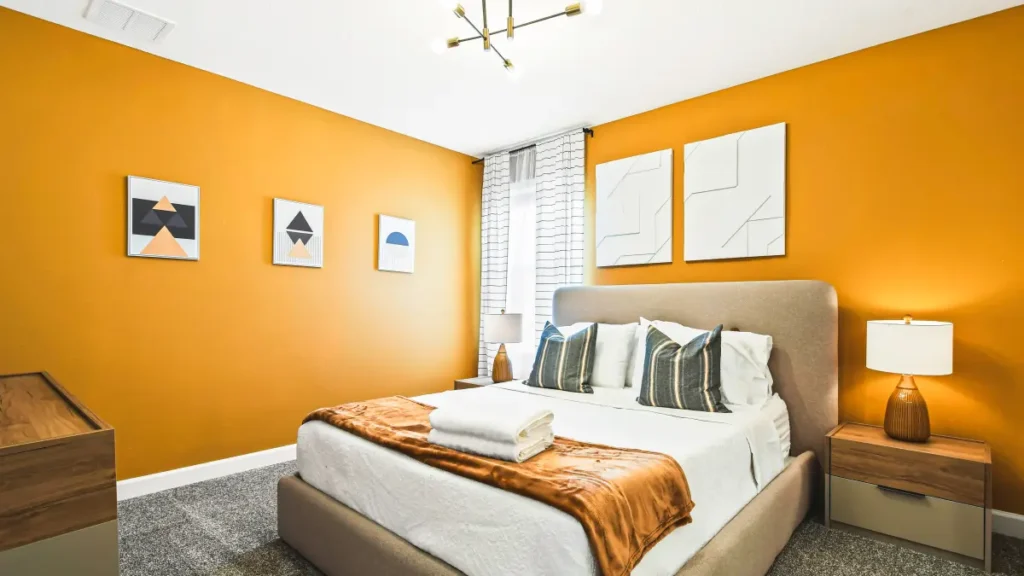
Step 6: Stage each room with purpose
Every room in your vacation home should have a clear function. Buyers and renters often look for spaces that are practical, versatile, and visually appealing. Staging each room with a specific purpose helps guests visualize how they can use the space.
Living room
- Arrange furniture to create conversation areas.
- Add a cozy throw blanket and accent pillows to the sofa.
- Ensure ample lighting with a mix of table lamps, floor lamps, and natural light.
Kitchen
- Clear countertops of clutter and display a bowl of fresh fruit or a vase of flowers.
- Set the dining table with neutral tableware to suggest a welcoming meal.
- Highlight high-end appliances or unique features, such as a wine fridge.
Each room should tell a story about how it can be used. When you showcase functionality and comfort, it’s easier for guests to imagine themselves enjoying the space.
Staging individual rooms with care shows potential buyers or renters that you’ve thoughtfully considered every detail of the home’s design and functionality.
Step 7: Optimize lighting
Lighting has a significant impact on how spaces feel. A well-lit home feels welcoming, spacious, and cheerful. Proper lighting can transform even the smallest rooms into inviting spaces, enhancing their overall appeal.
Lighting tips
- Maximize natural light by opening curtains and blinds.
- Use warm, soft bulbs for a cozy atmosphere.
- Add accent lighting to highlight artwork, shelves, or architectural features.
Lighting can elevate the ambiance of any room. Experiment with different sources of light to create depth and focus on enhancing the mood in every space.
Additionally, ensure that all light fixtures are clean and functional. Replacing outdated fixtures with modern, energy-efficient options can make your home feel more contemporary and appealing.
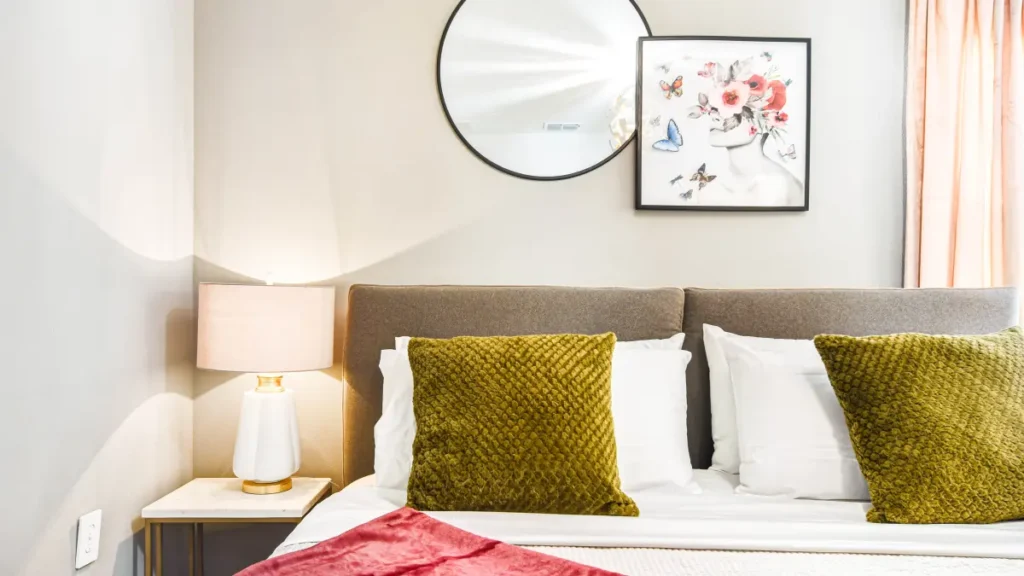
Make your vacation home unforgettable
Home staging focuses on creating an experience that resonates with potential buyers or guests, rather than simply decorating.
By taking the time to define your audience, clean and declutter, emphasize unique features, and stage each room with purpose, you can transform your vacation home into a desirable retreat.
If you’re ready to transform your vacation home into a stunning and inviting retreat, Veranda Interiors specializes in creating bespoke interior designs that capture the essence of luxury and comfort. Let us bring your vision to life with our expertise. Contact us today!

 Scroll Down
Scroll Down